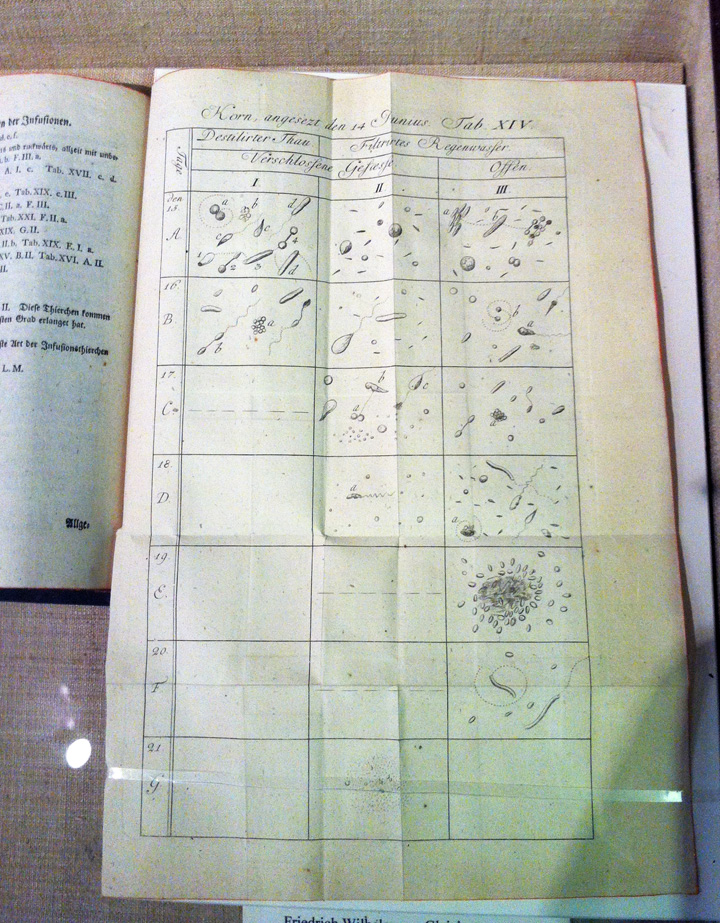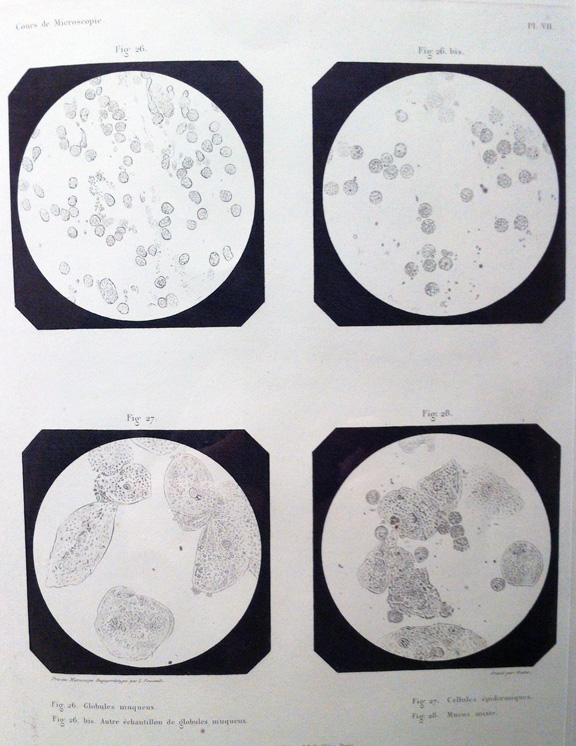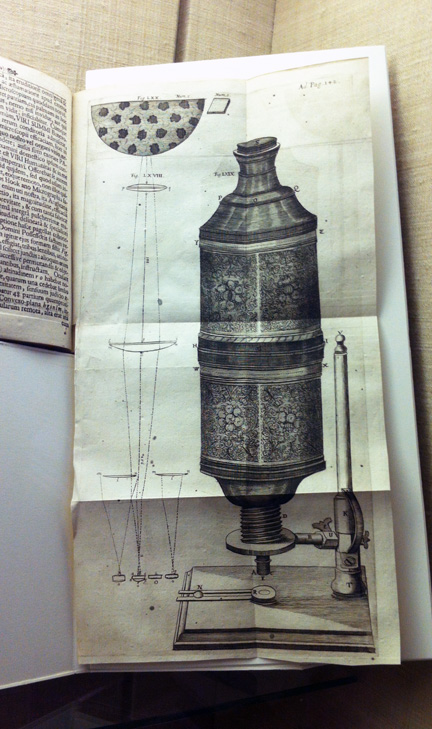On Friday I attended two wonderful shows at the Grolier Club at 47 East 60th Street in New York (www.grolierclub.org). The first exhibition, “Rooms of Wonder: from Wunderkammer to Museum, 1599-1899” closed on Saturday, Feb 2nd. It was a show of books that depicted Cabinet of Curiosity collections–some were scientific works themselves, and some were catalogs of collections. A fair number of them included neat foldout illustrations, tipped into or sewn into the books. The foldouts alone are worth the trip–they got me to thinking about how to incorporate foldouts into my journals. The first four images are from Rooms of Wonder (I especially like that big, improbable snail and the collection of map-making tools). The second exhibition is “Through a Glass Clearly: The History and Science of the Microscope,” which runs through March 15, so there is still time to see this tiny, lovely show.
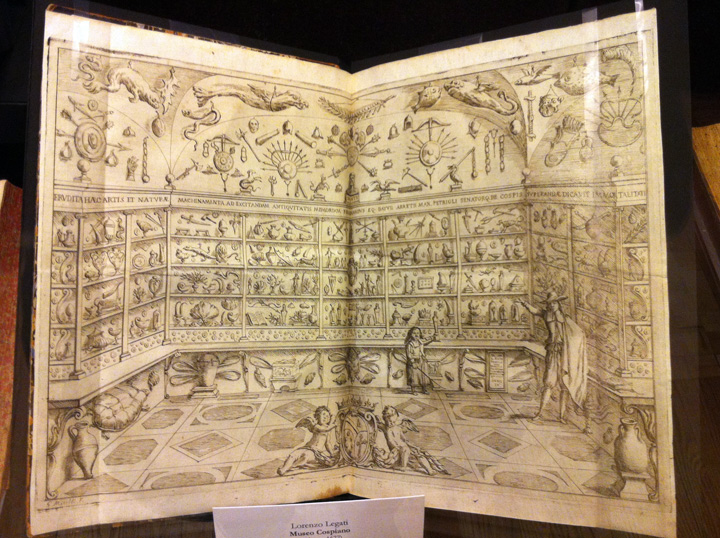
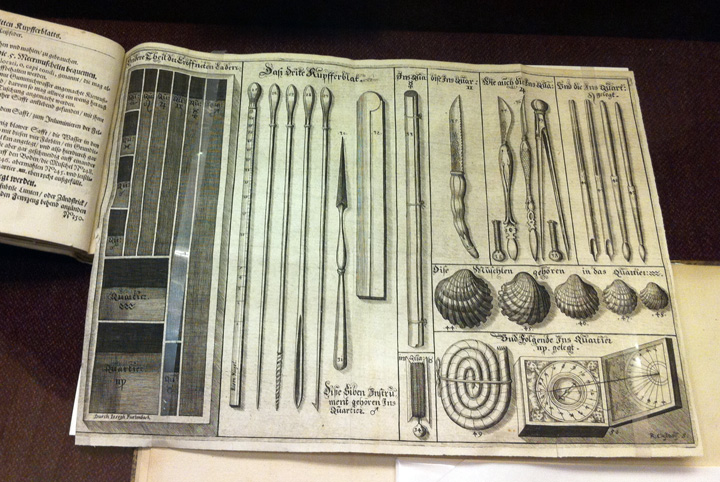
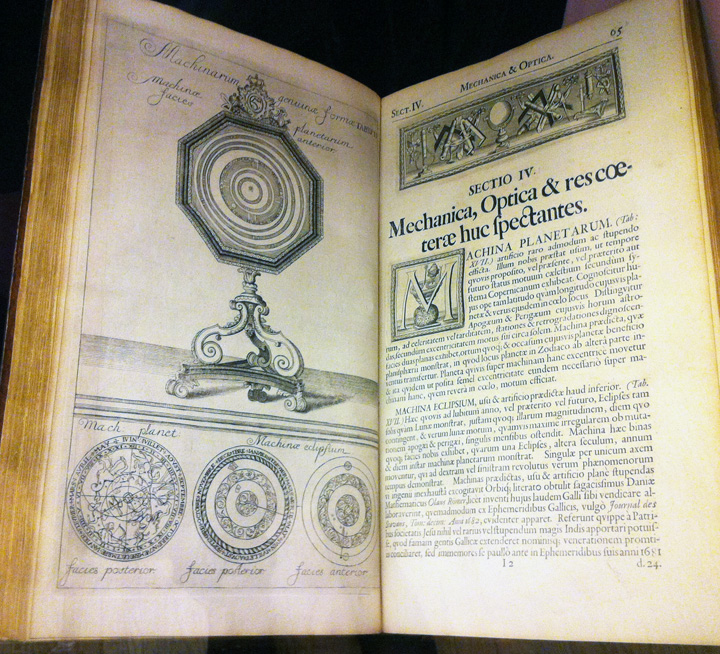

The images below are from the Microscope show. This first is from the late 1600s, a drawing of a flea by Griendel, from microscope observations. Again, note the neat foldout.
These almost abstract drawings are from microscopic observations using dyes such as indigo to make the observations clearer.
These are drawings of cells, which I have included as they are so like Galileo’s Moon drawings.
And this is a drawing of a microscope. Note the gorgeous etched scrollwork on the instrument.
The paper of the books were uniformly of wonderful texture–with the text imprinted and embossed down into the soft fibers, the blacks clear. What wonderful collections! And a surprise to me, having never been to The Grolier Club before, photographs were permissible (without flash of course), and admission was free.


